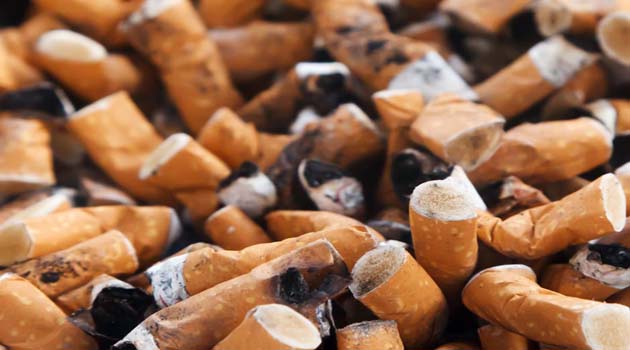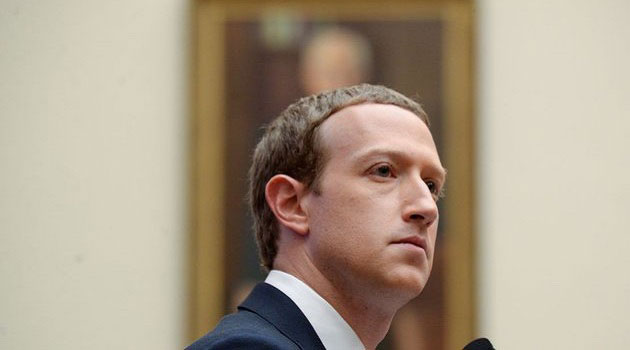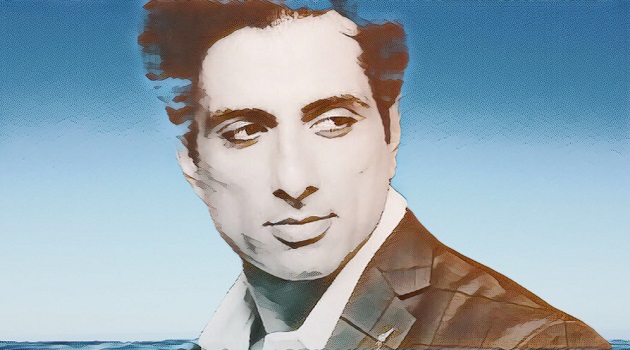Former England captain and celebrated television commentator Tony Greig passed away after losing his battle with lung cancer on December 29, 2012. Greig was 66. He breathed his last at a Sydney hospital after being brought in a critical condition. He was diagnosed with lung cancer in October the same year after undergoing treatment for what was initially thought to be bronchitis in May.
“I have had a few scrapes in my life and this is another one,” Greig had then said at home. “(His wife) Vivian and I are going to put the boxing gloves on and fight this like we’ve never fought anything before.”
Lung cancer is the leading cause of cancer deaths in both men and women. Smoking causes 80 to 90 per cent of cases of lung cancer.Don’t smoke, and avoid secondhand smoke. There are several additional risk factors also. A risk factor is anything that changes the chance of getting a disease. You can reduce your risk of developing lung cancer by following this guidance:
-Don’t smoke. If you do smoke, quit.
-Avoid secondhand smoke.
-Be aware of your exposure to radiation from medical imaging, especially images of the chest.
-Follow health and safety guidelines when working with toxic materials such as asbestos.
-Avoid diesel exhaust and other harmful air pollutants.
Different people have different symptoms for lung cancer. Some people don’t have any symptoms at all when first diagnosed with lung cancer. Lung cancer symptoms can be due to the direct effect of growth of cancer cells in the lung, or due to the effect of cancer cells that have spread to other parts of the body. Lung cancer symptoms due to growth of cancer cells in the lung may include —
-Shortness of breath;
-Coughing that doesn’t go away;
-Wheezing;
-Chest pain; and
-Repeated respiratory infections.
Lung cancer is treated in several ways, depending on the type of lung cancer and how far it has spread. Treatments include surgery, chemotherapy, and radiation. People with lung cancer often get more than one kind of treatment.
According to Dr. Siddhartha Mukherjee, the cancer epidemic which hit England in the 1970s before a vigorous campaign forced tobacco companies to retreat, is about to be re-enacted in India.
If you have symptoms that concern you, see your doctor. People who have been treated for lung cancer may continue to have symptoms caused by the cancer or by cancer treatments (side effects). People who want information about symptoms and side effects should talk to their doctors. Doctors can help answer questions and make a plan to control symptoms.
Today’s laws have made it mandatory for workplaces to enforce tobacco free zones. However, it is in each individual’s interest to help friends and family members quit voluntarily rather than have it forced upon them.

Smoking is no longer permitted at public places – RIGHT. But isn’t it a commonplace to see groups of office workers gathering outside their buildings united in their desperation to have a quick fag! Drastic measures aimed at discouraging people from smoking must be taken to reduce the morbidity and mortality due to lung cancer.“It is true more young people are smoking in India,” says Dr. Mukherjee. “The tobacco industry has particularly targeted young men and women in the Third World as their new targets for smoking. As tobacco retreats away from the First World, it has found a very viable business model in the Third World. Usually there is a 30-year lag between that rise and the development of overt cancers. So we are just going to wait for the Indian epidemic of lung cancer.”
He predicts that incidence of cancer in India will continue to rise. America is living in the age of cancer and developing countries are entering that age. Tobacco use is the leading preventable cause of disease and premature death in the United States.
Tobacco Use, Misuse and Abuse
According to Dr. Kunal Oswal, “Tobacco use is one of the most important causes of death and disability in both developed and developing country. Tobacco leads to the diseases of heart and blood vessels viz. heart attack, sudden cardiac death, stroke and peripheral vascular disease (gangrene of legs). It is also responsible for cancer of various parts of the body like mouth, throat, lungs, stomach, kidney and bladder.”
He says scientific evidence has firmly established that there is no safe level of exposure to secondhand tobacco smoke. India is the second largest producer of tobacco and a variety of forms of tobacco use is unique to India.
Apart from the smoked forms that include cigarettes, bidis and cigars, a plethora of smokeless forms of consumption exist in the country. Regional consumption of smokeless tobacco product is diverse and different flavours of smokeless tobacco are being marketed in different packages like pouches and sachets.
Dr. Oswal says that it is important to understand that tobacco is being misused as well as abused in India. “People either underestimate its consequences or ignore its menace by calling it as a mere habit that can be quit easily but actually what they fail to understand is that once they develop dependence on nicotine, it becomes difficult to quit.” Studies have also confirmed that tobacco dependence is taken very lightly and viewed as an easy habit to break but numerous instances have shown that it’s actually more powerful than any other type of addictions.
There are a number of initiatives taken by the government, non government organizations, and especially the Indian Dental Association on making tobacco cessation facilities available in most parts of the country. “The need is to make people realize that tobacco use is no longer a habit but a deadly disease and seek proper treatment,” says Dr. Oswal, adding, “Working on regulatory approach millions of lives can be saved if tobacco control law is implemented effectively.
The most critical strategy would be the prevention of the first instance of starting tobacco use, especially in vulnerable subpopulations like youths, females and adolescents. Also the target should encompass the rural and illiterate populations that have a very high consumption of tobacco and areca nut.










